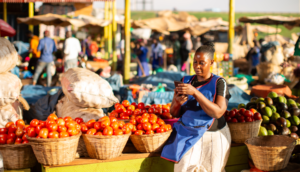Deforestation is an increasing contributor to global warming and environmental change impacting the health and well-being of the most rural communities.
To be sure, the transformation of forested lands by human actions and the removal of trees without sufficient reforestation is one of the greatest drivers of biodiversity destruction, conflict, loss of habitat and wildlife species, and poverty.
‘Realities at a Glance’
- We are losing 137 plant, animal and insect species every single day due to rainforest deforestation, which equates to 50,000 species a year.
- Regions such as Indonesia lost more than 6 million hectares of its primary forest — an area the size of England — from 2000 to 2012.*
- About one half of the forests that covered the Earth are gone with only 40 billion hectares remaining today.
- There are fewer than 300,000 chimpanzees remaining in the wild.
- Only about 22% of the world’s original forest cover remains “intact” – contained in three areas: the Canadian and Alaskan boreal forest, the boreal forest of Russia, and the tropical forest of the northwestern Amazon Basin and the Guyana Shield.**
In addition to the sourcing of paper and palm oil from forests, the impact of human behaviors continues to be profound. Forests are cleared, degraded and fragmented by timber harvest, conversion to agriculture, road-building, fires and in a myriad of other ways. The effort to use and subdue the forest has been a constant theme in the transformation of the earth, across societies and cultures, and is a major source of humanitarian conflict.
‘The Wake Up Call’
Deforestation has important implications for life on this planet. Forests are the foundation of the global ecological system, the lungs of our planet and crucial for the future sustainability and survival of generations.
Increasing population growth combined with poverty forces local communities to use forest resources in unsustainable ways in order to meet their basic needs such as food and water, as well as income generation for farmers and their families.
Meanwhile, with the quest for Africa’s natural resources at an all-time high including palm oil production, competition is rising for the global demand for forest and extractive industry products. Africa also lost 3.4 million hectares of its forested area between 2000 and 2010.***
Moving Beyond ‘Profits with Purpose’
The protection of forests, ecosystems and wildlife species can no longer be solved in isolation and requires more integrated approaches to address the complex challenges and interrelated links with poverty. This includes protecting farmers and their communities to ensure provision of food, shelter, health and skills training.
With the quest for new markets and customers, experts from multiple sectors – corporations, NGOs, fair trade and forestry experts – need to convene on shared value approaches for future ‘Years of Living in Prosperity’ in a globalized economy.
While an increasing number of corporations have committed to using sustainable palm oil and protecting forests, at the most fundamental level, consumers need to be educated about responsible purchasing options, integrity of ingredients and be included into the ‘Call to Action’ to preserve the planet’s natural resources. With the acceptance of corporate responsibility continuing to drive brand reputation and purchasing habits among consumers, behavior changes are needed to influence more responsible purchasing decisions.
Breaking down the systemic barriers to poverty is essential to preserving forests and protecting ecosystems to ensure the provision of basics human needs such as food and water, while developing responsible goods and services in the marketplace.
Traditional models of giving are continuing to evolve with the new sustainability imperative. This will ensure integration across multiple disciplines in the supply chain, while creating programs and product development strategies. These models will align giving at the heart of ‘People Connection’ while protecting families and communities.
In Conclusion:
Corporations, supported by NGOs and governments, have profound shared values and our society cannot mitigate pressing social, economic and environmental issues without adapting to the realities of our planet and enlisting support from conscious-driven consumers.
Sources:
- Years of Living Dangerously: Showtime documentary series about the human impact on climate change
- *Scientists: Belinda Arunarwati Margono, Fred Stolle: Nature Climate Change
- **World Resources Institute
- ***FAO Global Resources Assessment 2010











2 Responses
Enjoy my latest blog posting about the future of forests.
Hi Samantha – thanks for the post.
This is a complex subject you’ve chosen to get involved with but an extremely important one for sure. My first reaction is that we should be separating the issues of poverty and local use of forest resources with that of the business side driving demand for these goods. Living locally off of the forest, from what I have seen, does not cause nearly as much damage as full scale deforestation by firms. True, poverty is at play here, but that is such a large catch all phrase. That said, firms, if required to do so, also are the ones with the capacity to re-forest, whereas locals would have to see it in their interest to replant (and not leave it to natural reproduction). But those two groups – locals and firms – should be disaggregated in the conversation since the incentives causing the forest use come from two different places.
The other bigger picture statement that came across when I read this was that all the ‘realities’ are focused on nature (or the natural environment) – none focused on the human, social, economic, nor political. The governance of these forests is just as much the issue as the loss of them; and the people using the forest also an important contributor to the solution. The cultural norms surrounding forests, the livelihoods in relation to them, and the industrious uses of forests all are part of this puzzle. It just seems to me the research is overly focused on the euphoric ideal of what a forest should be, and not incorporating the other aspects. I am just as much a conservationist and environmentalist, however, the analysis seems it could be broadened, particularly with the ‘realities’ section.
Also, the idea of coming together to address deforestation is not new. The ongoing problem continues to be corruption or put another way, a limited view that forests deliver other benefits other than income. Corruption is such a significant challenge for a couple of reasons (there are more, of course, but this is what I’ll focus on). Forestry differs from other extractive industries because the decentralized nature of the forestry industry, and its low technological entry point – unlike oil which is centralized (in deposits) and takes a lot of capital to extract. But the overarching idea I believe, in relation to corruption, is the idea that transparency and making sure information is given to locals about how their forests are managed (or not) should be more widely distributed. I’ve written about this in the past, see here: http://talkaboutfoodjb.files.wordpress.com/2013/08/final-paper-timb…
*Kishor and Damania offer a good analysis in “Crime and Justice in the Garden of Eden”
So the question of ‘shared value’ here seems like it is already in place: locals get their income through deforestation and environmentally unsound practices, corporations get their timber at reduced rates (even with bribes and concessions), and the government official gets his/her payment. The only stakeholder not account for is the ‘outside’ entity or foreigner which sees this as a larger global issue connecting us all. That said, I’m not sure shared value is the model we should be employing here – possibly another one?